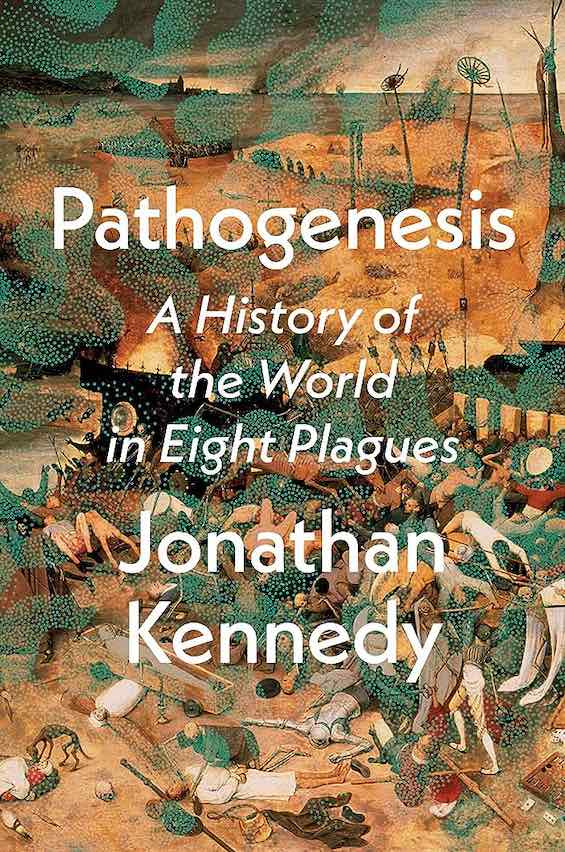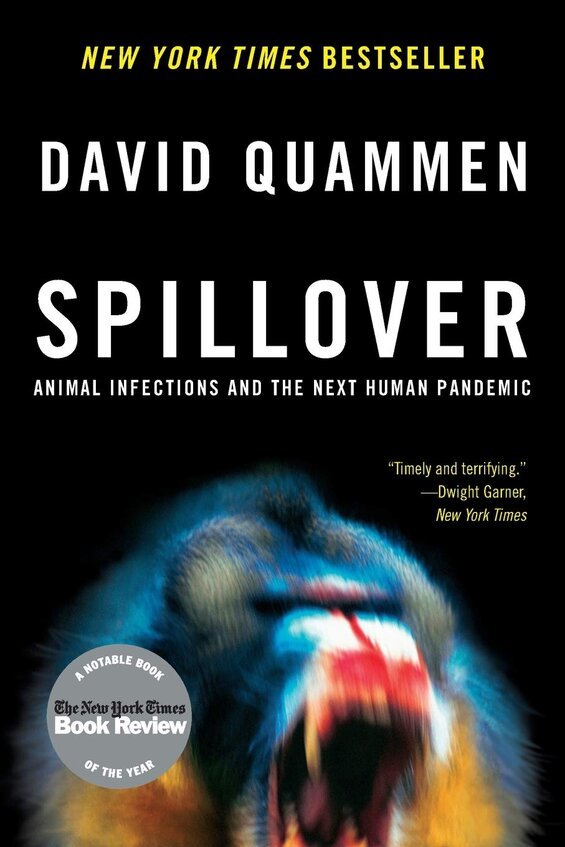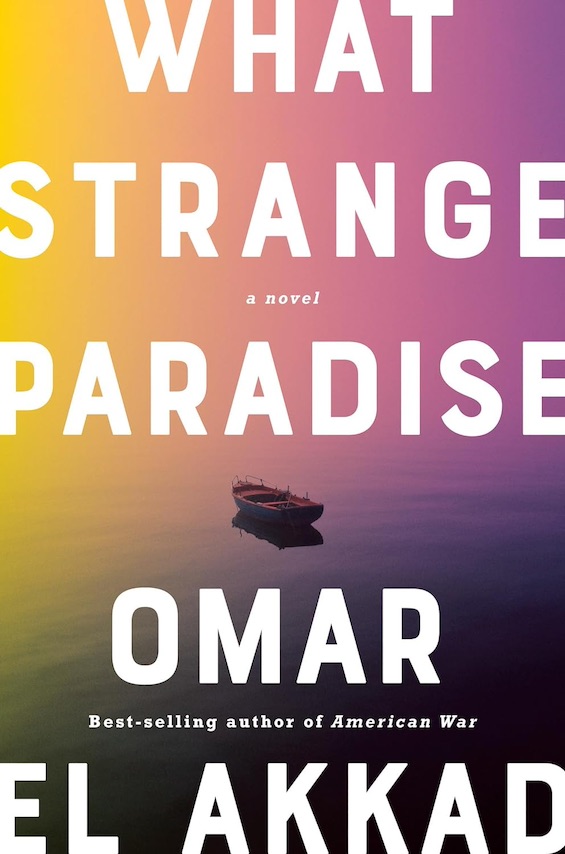
Estimated reading time: 9 minutes
As the son and brother of doctors, I’ve long had an intense interest in medical history. And I’ve been more aware than most Americans what the threat of epidemic disease represents to our future. That awareness came to the surface in 2017, when I published Hell on Earth: What we can learn from dystopian fiction. In reviewing 62 dystopian novels and commenting on the circumstances they dramatized, I concluded—three years before COVID-19—that pandemics represented the most likely of the many potentially existential threats to human life. It was an easy prediction to make, since that possibility had been evident to the medical community for many decades. Still, few people acknowledged it.
Now, of course, as we continue to experience the impact of the coronavirus on our lives, millions perceive that threat in a visceral way. And many of us now seek to understand what went wrong—and what we might do to head off such a threat in the future. This article lists seven nonfiction books about COVID-19 and other pandemics that move us closer to that understanding. They’re arranged in alphabetical order by the authors’ last names.
This post was updated on September 5, 2023.

Nightmare Scenario: Inside the Trump Administration’s Response to the Pandemic that Changed History by Yasmeen Abutaleb and Damian Paletta (2021) 425 pages ★★★★☆ — America’s nightmarish response to COVID
The phrase “nightmare scenario” in the title of this rushed exposé of the Trump Administration’s response to COVID-19 has a double meaning. It refers, of course, to the pandemic itself. Not the worst case scenario like the 1918 influenza epidemic, which killed an estimated 50 million people, but bad enough. After all, at this writing, 650,000 Americans (and a worldwide total of at least 4,500,000) have died of coronavirus disease. Our nation’s death toll is greater than that from all the wars fought by the United States throughout the twentieth century (and it’s not over yet).
But the title also reflects the insanity of the scene that unfolded within the White House. Throughout 2020, Donald Trump and his closest advisers racked up an alarming record of tragically misguided decisions. The story could well serve as a case study in public health administration to illustrate the worst possible way for the US to deal with epidemic disease. Read more.

The Great Influenza: The Story of the Deadliest Pandemic in History by John M. Barry (2005) 546 pages ★★★★★ — A brilliant account of the 1918 flu epidemic
A century ago a pandemic disease far more lethal than COVID-19 killed an estimated fifty to one hundred million people around the world—as many as one out of every twenty people then alive. The 1918 flu epidemic erupted during a war that had already killed tens of millions and at a time when medical science was far less accomplished than it is today. Although there are lessons to learn for our response to COVID-19, it’s important to view what happened then in its historical context. And that’s the approach John M. Barry so brilliantly takes in The Great Influenza. This engrossing book may well be one of the very best ever written on medical history. Read more.

Pathogenesis: A History of the World in Eight Plagues by Jonathan Kennedy (2023) 336 pages ★★★★★—How microbes have shaped world history
The surprises start on page three. “If one of our distant ancestors hadn’t been infected by a virus hundreds of millions of years ago,” Jonathan Kennedy writes, “humans would reproduce by laying eggs.” In Pathogenesis, Professor Kennedy sketches the often-decisive role of infectious diseases from the emergence of life on Earth to the COVID-19 pandemic. But microbial invaders haven’t just swayed the course of human history. They have played a central role in determining how we have come to be who we are. “Infectious diseases have killed so many people throughout history,” Kennedy asserts, “that they are one of the strongest forces shaping human evolution.” Read more.

The Premonition: A Pandemic Story by Michael Lewis (2021) 319 pages ★★★★★ – What went wrong in the COVID pandemic?
In a full-page ad for Michael Lewis’ new book inside the front cover of the New York Times Magazine (May 9, 2021), the publisher asks, “Where did we go wrong? And how can we get it right?” After all, as the ad states, “In 2019, a panel of public health experts judged the U.S. to be more prepared for a pandemic than other G7 nations.” And we all know how that worked out. Michael Lewis explains why in just three hundred pages—and spotlights the heroic efforts of a handful of medical scientists working behind the scenes to move the country toward an effective response to the COVID pandemic. It’s a vivid reminder that at least some members of the medical community know exactly what to do about epidemic disease. Read more.

Spillover: Animal Infections and the Next Human Pandemic by David Quammen(2012) 594 pages ★★★★★ – Where do all those emerging diseases come from?
AIDS, Ebola, Marburg, SARS, H5N1—every one of the world’s scariest diseases is a “zoonosis,” that is, a virus harbored by animals and transmitted to humans, often by other animals, in a complex minuet that often stretches out into decades. AIDS, for example. According to the latest research, reported by David Quammen in Spillover, Patient Zero was not that French-Canadian flight attendant you may have read about who went amok in the 1970s. He was a hunter in Southeast Cameroon around 1908 who killed a chimpanzee and somehow unwittingly allowed the animal’s blood to seep into his own circulatory system, either through a cut or by eating his prey’s raw flesh. This is the phenomenon that epidemiologists call “spillover.” Read more.

Pandemic: Tracking Contagions from Cholera to Ebola and Beyond by Sonia Shah (2016) 290 pages ★★★★★ – The existential threat of contagious disease
Any logical, clear-headed look at the world around us reveals that the true existential threats on the horizon include climate change, nuclear holocaust, epidemic disease, and, at a higher level of logical abstraction, rampant consumerism. However, the most immediate of these threats to our civilization is clearly contagious disease, as the COVID-19 pandemic of 2019-21 has made abundantly clear. But in Pandemic, published four years before the outbreak, Sonia Shah ranges far afield, surveying the past, present, and future of infectious disease. Just so it’s clear: she’s not writing about simple colds and mild flus, but about illnesses that might kill tens or hundreds of millions of people with little warning and with unpredictable consequences for the cohesion of society. The heart of the problem, as she explains, is that “epidemics grow exponentially while our ability to respond proceeds linearly, at best.” Read more.

Pale Rider: The Spanish Flu of 1918 and How It Changed the World by Laura Spinney (2017) 352 pages ★★★★☆ – Was the Spanish Flu of 1918 a greater disaster than World War II?
If you’re unfamiliar with the history of the Spanish Flu of 1918, or if your understanding of the pandemic is rooted in what you read many years ago, you may be unfamiliar with its tragic dimensions. British science journalist Laura Spinney sets us all straight in Pale Rider: The Spanish Flu of 1918 and How It Changed the World. “The Spanish flu infected one in three people on earth,” she wrote three years before the outbreak of the COVID-19 pandemic, “or 500 million human beings. Between the first case recorded on 4 March 1918, and the last sometime in March 1920, it killed 50-100 million people, or between 2.5 and 5 per cent of the global population.” Read more.

The Plague Year: America in the Time of COVID by Lawrence Wright (2021) 289 pages ★★★★★—This book delivers perspective on the pandemic
If it’s too early for a post-mortem on the COVID-19 pandemic, America’s publishers haven’t gotten the memo. Amazon lists 642 titles in response to the query “books about the COVID-19 pandemic.” The pandemic still rages on, filling hospitals in heavily impacted states and killing the unvaccinated in disturbing numbers. Not to mention the huge numbers of people falling ill and dying in other countries.
Still, at least two leading nonfiction authors have seen fit to render judgment on the American response to the disease. Michael Lewis’ The Premonition: A Pandemic Story artfully views the pandemic from within the public health community. And now Lawrence Wright examines the events of the past year and a half from a panoramic perspective in The Plague Year: America in the Time of COVID.
Premature or not, both books go a long way toward helping us understand what went so very wrong. They provide what is surely the most accurate perspective on the pandemic that’s within reach today. Read more.
For related reading
You might enjoy The Code Breaker: Jennifer Doudna, Gene Editing, and the Future of the Human Race by Walter Isaacson (CRISPR technology may change the world as we know it). Doudna’s work was deeply involved in the response to COVID-19.
Two recent novels illuminate the impact of a pandemic on American society:
- The End of October by Lawrence Wright (An all-too timely thriller about a pandemic)
- Lock In: A Novel of the Near Future by John Scalzi (A near future sci-fi novel set after a strange pandemic)
You may also want to check out Science explained in 10 excellent popular books.
And you can always find my most popular reviews, and the most recent ones, on the Home Page.


























